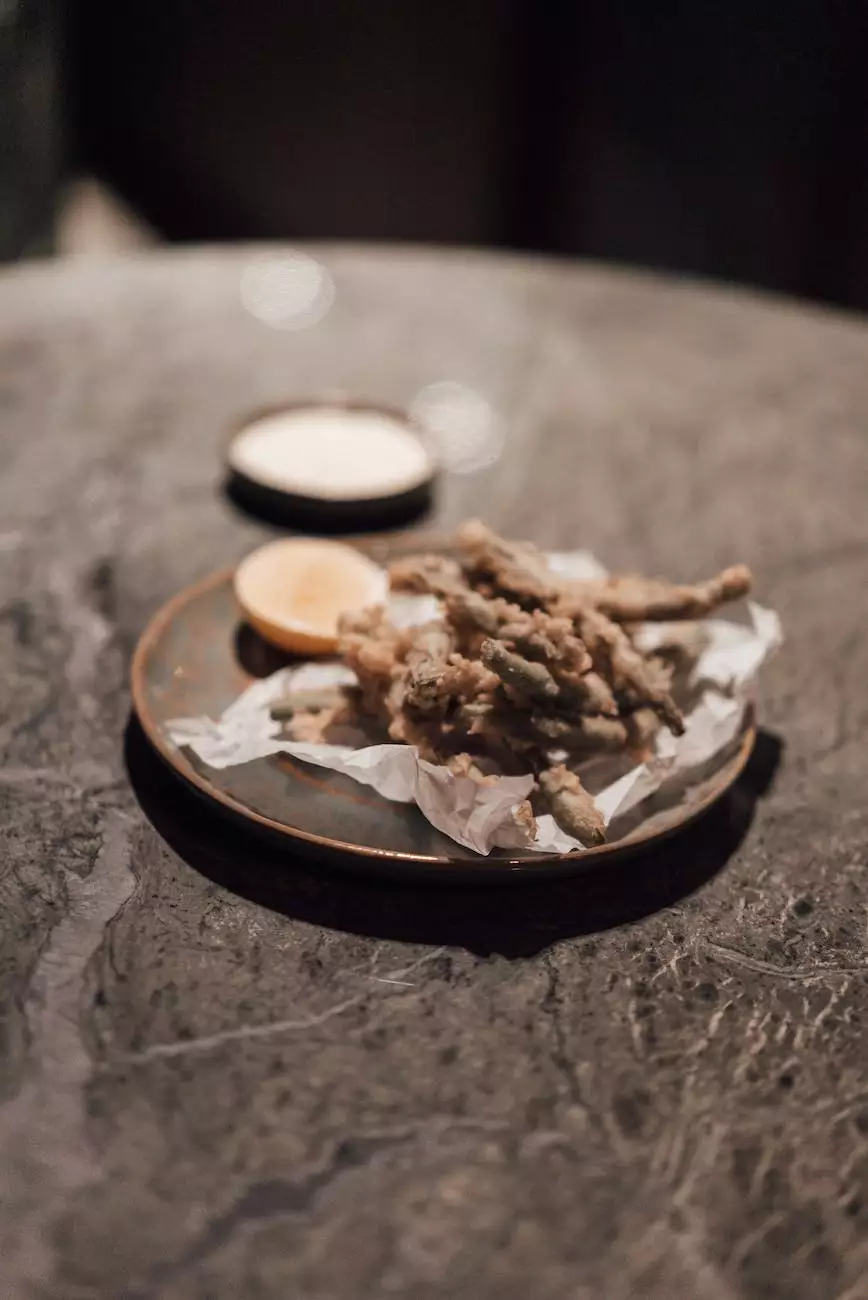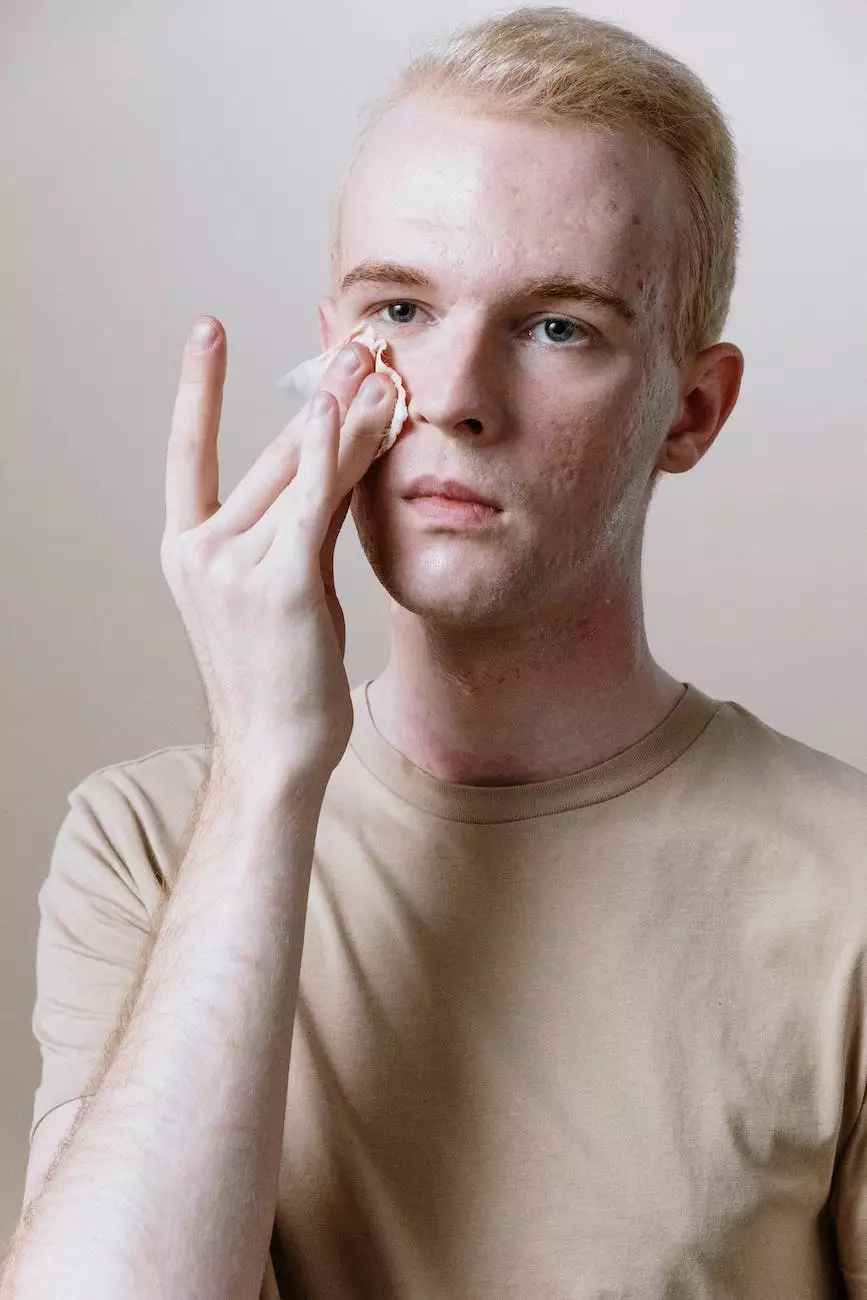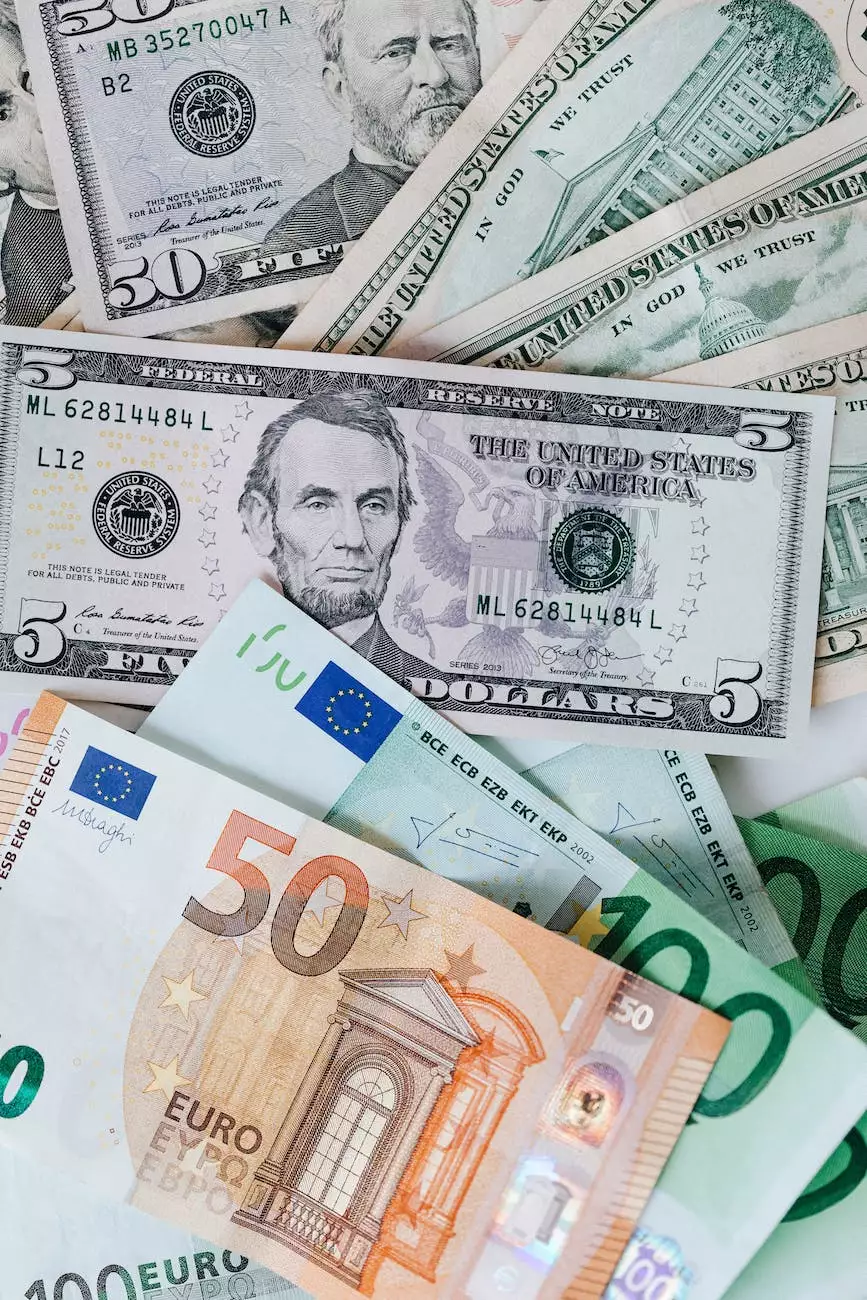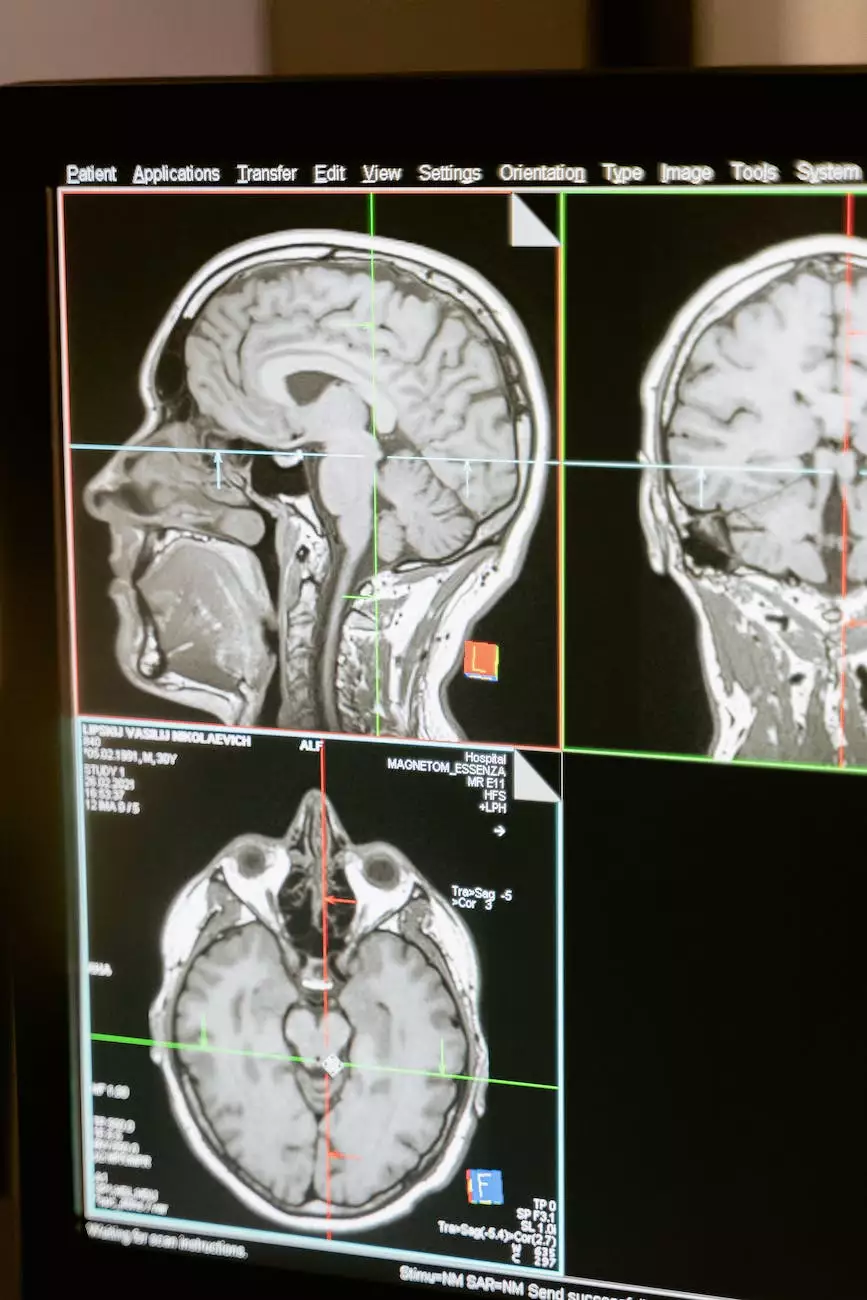The Pleasure Trap - Understanding and Overcoming It

Introduction
Welcome to the page dedicated to helping you understand and overcome the pleasure trap. Here at Michael Finley, CNHP, we aim to provide you with comprehensive insights and strategies to escape the clutches of this trap and achieve optimal well-being. Join us on this journey of self-discovery and transformation.
What is the Pleasure Trap?
The pleasure trap refers to a psychological and physiological phenomenon that keeps us trapped in unhealthy habits and behaviors. It is a vicious cycle driven by instant gratification and short-term pleasure, often at the expense of long-term health and well-being.
Understanding the Mechanisms
To fully comprehend the pleasure trap, it is crucial to understand the underlying mechanisms that drive it. Our brains are wired to seek pleasure and avoid pain. This evolutionary design worked well in ancestral times when survival depended on finding immediate sources of pleasure, such as food and mating opportunities. However, in the modern world, this primal wiring can lead us astray.
The Role of Dopamine
Dopamine, often referred to as the "pleasure hormone," plays a significant role in the pleasure trap. It is released in the brain when we experience something pleasurable, reinforcing the behavior and creating a desire for more. This mechanism can lead to addictive behaviors, such as overeating, substance abuse, and excessive consumption of unhealthy stimuli.
The Influence of Conditioning
Conditioning, both classical and operant, also contributes to the pleasure trap. Our brains learn to associate certain stimuli with pleasure, leading to conditioned responses that perpetuate unhealthy habits. For example, the sight and smell of fast food can trigger a pleasurable response and lead to overconsumption, even when we consciously know it's not in our best interest.
Escaping the Pleasure Trap
Breaking free from the pleasure trap requires awareness, perseverance, and a strategic approach. Let's explore some effective strategies to help you overcome this trap and regain control over your life.
Mindfulness and Self-Awareness
Developing mindfulness and self-awareness is a crucial step in escaping the pleasure trap. By becoming fully present in the moment and noticing the underlying motivations and consequences of our actions, we can start making conscious choices. Mindfulness practices such as meditation, yoga, and journaling can be powerful tools in cultivating self-awareness.
Creating Healthy Habits
Replacing unhealthy habits with healthier alternatives is key to long-term success. Identify the triggers that lead to pleasure-seeking behaviors and find healthier substitutes. For example, instead of reaching for sugary snacks, opt for nutritious fruits or homemade snacks. Gradually, these new habits will replace the old ones, leading to lasting change.
Building a Support System
Breaking free from the pleasure trap is not easy, but having a support system can greatly enhance your chances of success. Surround yourself with individuals who share similar goals and values, or seek professional guidance from experts like Michael Finley, CNHP. Their expertise and guidance can provide you with the necessary tools and motivation to stay on track.
Conclusion
The pleasure trap may be challenging to overcome, but with dedication and the right strategies, you can break free and achieve a life of true well-being. At Michael Finley, CNHP, we are here to support you on your journey and provide you with the knowledge and resources to help you succeed. Take the first step today and embrace a life free from the shackles of the pleasure trap.









